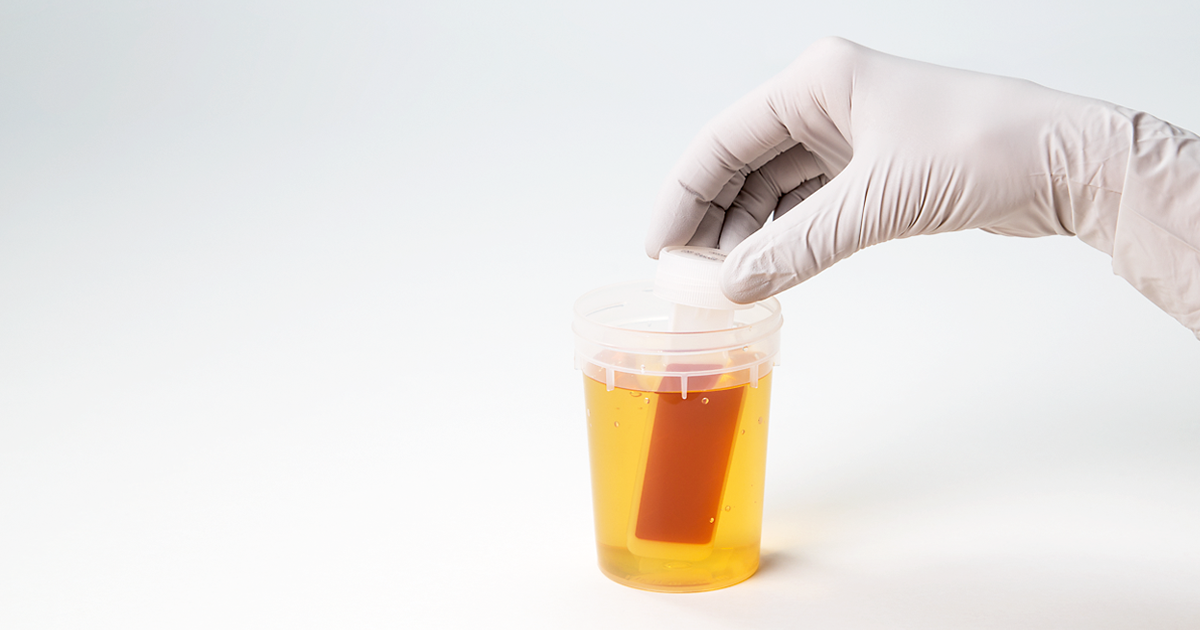Have you prescribed antibiotics for UTI without a bacterial culture test?
November is Bladder Health Month 2023, and we want to raise awareness about urinary tract infections (UTIs) and antimicrobial resistance (AMR).
UTIs are one of the most common infections. With current practices they are often treated with a course of antibiotics even without diagnostic testing1 or in case of asymptomatic patients with a positive culture result2,3. Antibiotic treatment for asymptomatic bacteriuria is a major driver of inappropriate antibiotic use2. Even with mild to moderate symptoms the infection could be self-limiting and might not require antibiotic treatment4,5.

Antibiotics should be used only when necessary, after confirmation of bacterial infection and choosing correct antibiotic, dose, and duration. Also, using wide-spectrum antibiotics should be limited only for situations when they are truly needed. Otherwise, and especially in case of such a common reason like a UTI to be prescribed antibiotics, we risk driving AMR.
References
- Alidjanov JF et al. New self-reporting questionnaire to assess urinary tract infections and differential diagnosis: acute cystitis symptom score. Urol Int. 2014;92(2):230-6. doi: 10.1159/000356177
- Baghdadi, Jonathan D et al. Exploration of Primary Care Clinician Attitudes and Cognitive Characteristics Associated With Prescribing Antibiotics for Asymptomatic Bacteriuria. JAMA network open vol. 5,5 e2214268. 2 May. 2022, doi: 10.1001/jamanetworkopen.2022.14268
- Trautner BW, Grigoryan L. Approach to a positive urine culture in a patient without urinary symptoms. Infect Dis Clin North Am. 2014 Mar;28(1):15-31. doi: 10.1016/j.idc.2013.09.005. Epub 2013 Dec 8. PMID: 24484572; PMCID: PMC3912468.
- Helena Kornfält Isberg et al. Uncomplicated urinary tract infection in primary health care: presentation and clinical outcome, Infectious Diseases (2021), 53:2, 94-101, doi: 10.1080/23744235.2020.1834138
- Foxman, Betsy. The epidemiology of urinary tract infection. Nature reviews. Urology vol. 7,12 (2010): 653-60. doi: 10.1038/nrurol.2010.190


